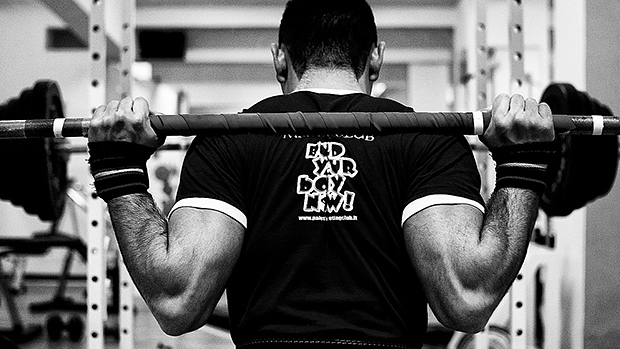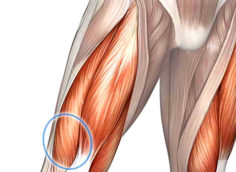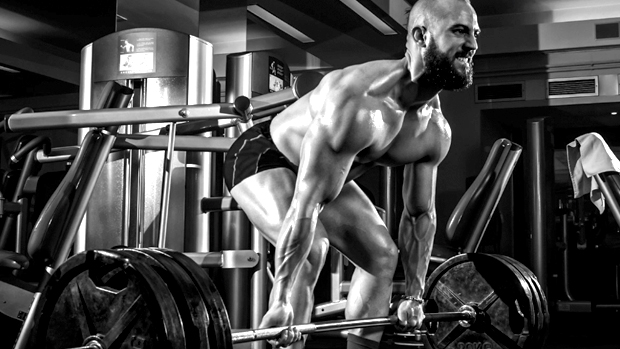If you start with the wrong squat variation for your body type, skill level, injury history or goal, you'll wind up with a banged-up body.
Now, when I say "squat" I bet the image you have in your mind is that of a barbell back squat taken to ass-to-grass depth. That is one squat pattern variation, but it's by no means the only way to squat. And for the record, you're not less of a man if you don't squat with the bar on your back.
Think of "squat" as an umbrella term. Under that umbrella, you'll find the barbell back squat. But the squat movement pattern isn't about a specific exercise. The pattern is more important than the specific exercise, at least if your goals are performance and longevity.
Does everyone need to barbell back squat? Nope. But do most people need to display and maintain the ability to use synergistic muscular tension, stability and mobility through the torso/hips/knees/ankles from a symmetrical bilateral stance? You bet your ass they do.
The squat pattern is a key player. It's a movement pattern that transcends its use in the gym. It's used for routine activities and movement requirements of daily living.
Everyone is different, therefore, everyone must squat differently, especially as it pertains to loading the squat for power, strength, and hypertrophy training. Identifying the proper squat progression is the first step.
Squat Pattern Progressions
Your goal is to find the squat variation that'll give you the most benefits while minimizing risk of injury. How? By assessing your current skill level and trainability.
While there are advanced testing procedures out there, more complex assessment usually isn't needed. All you need is a simplified progression model to experiment with. Master the first variation, then move up the chain to the next one.
Here's the basic squat progression used to identify starting points and optimal squat patterns for athletes and lifters. We start with the fundamental movements, then move up to the advanced variations:


- Bodyweight Squat
- Goblet Squat
- Barbell Front Squat
- Barbell Back Squat
As you can see, the barbell back squat is last on the list. Look around your gym. How many of the people in the squat rack with heavy bars on their backs are using good form? How many look like they're about to put themselves into traction? Yeah, they need to regress back to the bodyweight squat and get that down first.
And the barbell back squat isn't even the ideal final squat variation for everyone. Here's the key: find the "hardest" variation that you can do perfectly. From there you'll be able to train the squat pattern without internal restriction, get a great training effect, and minimize joint stress. The goal is to move up the list over time and progress strategically.
Once your perfect squat variation is identified, fine tuning setup and execution is the next step. To do that, you find the right squat depth for your body. Refer to this article and take the tests listed: Squat Depth: The Final Answer.




